I'm using R and moveVis package of R to do some movement visualization. Below is the csv from where I import the data using read.csv
I'm having trouble converting the data.frame to moveStack using df2move
trackId,x,y,time,x1,x2,optional,sensor,timestamps
A34,19.00094708496841,72.8264388198447,2021-12-23 10:00:00,19.00094708496841,72.8264388198447,FALSE,unknown,2021-12-23 10:00:00
A34,18.986663359819435,72.84012881354482,2021-12-23 10:02:00,18.986663359819435,72.84012881354482,FALSE,unknown,2021-12-23 10:02:00
raw_data <- read.csv("mdata2.csv", header = TRUE)
m <- df2move(raw_data, proj = "+init=epsg:4326 +proj=longlat +datum=WGS84 +no_defs", x = "x1", y = "x2", time = as.POSIXct(raw_data$timestamps, format = "%Y-%m-%d %H:%M:%S", tz = "UTC"), track_id = "trackId")
Getting this error on running above code
Error: Column named '1640233800' cannot be found in 'df'

